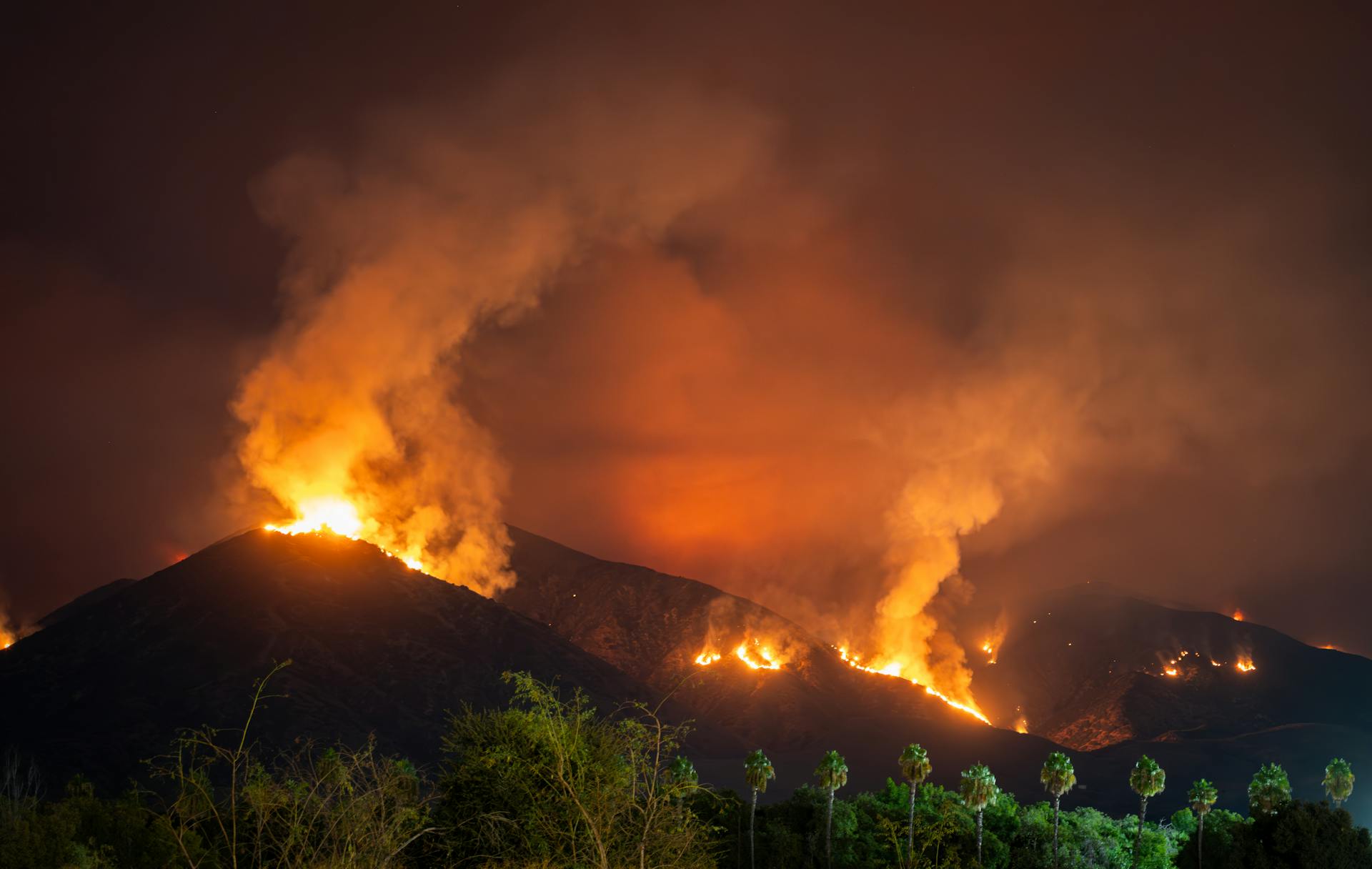SHTF stands for “Stuff Hits The Fan” (though many prefer a more colorful interpretation). It signifies a catastrophic event that disrupts societal norms, rendering everyday conveniences inaccessible. Understanding SHTF and how to prepare for it can make the difference between survival and struggle during these turbulent times. Here’s a comprehensive guide to everything you need to know about SHTF scenarios.
What Is SHTF?
SHTF represents any large-scale disaster that leads to the breakdown of societal systems. It could be natural, such as hurricanes, earthquakes, or pandemics, or manmade, like economic collapse, war, cyberattacks, or even infrastructure failure. These events can cause chaos, leaving people to fend for themselves without the usual safety nets of modern life.
In essence, SHTF describes a moment when life as we know it changes dramatically—forcing individuals, families, and communities to rely on their resources, skills, and preparation to survive.
The Importance of Being Prepared
When an SHTF scenario occurs, resources like food, water, and medical supplies often become scarce. Additionally, communication systems, law enforcement, and healthcare infrastructure may collapse, leaving individuals vulnerable. Being prepared for such situations isn’t just for hardcore survivalists—it’s a smart move for anyone who values self-reliance and safety.
Preparation is about taking proactive steps to ensure you and your loved ones are ready to handle emergencies, no matter their scale or duration.
Common Types of SHTF Scenarios
Here are some examples of SHTF events:
- Natural Disasters. Hurricanes, earthquakes, tornadoes, tsunamis, wildfires, and floods.
- Economic Collapse. Recessions or depressions that lead to job losses, food shortages, or inflation
- Pandemics. Widespread diseases disrupting healthcare systems and supply chains.
- Civil Unrest or War. Political instability causing riots, protests, or worse.
- Infrastructure Failure. Prolonged power outages, water contamination, or cyberattacks.
- EMP (Electromagnetic Pulse). An event that disrupts electronic systems on a massive scale.
Knowing the types of SHTF scenarios helps you identify risks relevant to your location and lifestyle.
Essential Steps to Prepare for SHTF
1. Build a Stockpile of Supplies
Having a supply of food, water, and basic necessities can sustain you in emergencies. Aim to store at least a few weeks’ worth of non-perishable food items like canned goods, rice, pasta, and freeze-dried meals. For water, a good rule of thumb is one gallon per person per day, along with purification tablets or filters.
2. Create a Bug-Out Bag (BOB)
A bug-out bag is a portable kit filled with essential items you might need if you must leave your home quickly. Include basics like:
3. Develop Self-Reliant Skills
In a long-term SHTF situation, knowing survival skills is invaluable. Learn how to:
4. Secure Your Home
Your home is your fortress. Install sturdy locks, reinforce doors and windows, and consider security systems. In some cases, stockpiling defensive tools and weapons is essential for protection.
5. Establish a Communication Plan
When traditional communication systems fail, you’ll need alternatives like two-way radios or CB radios to stay in touch with family and neighbors.
6. Know Your Community
Build relationships with like-minded individuals in your community who are also preparing for emergencies. A strong support network can provide additional resources, skills, and emotional support during a crisis.
The Mental Aspect of SHTF
While physical preparations are critical, the psychological aspect is equally important. Facing an SHTF scenario can be overwhelming and stressful, so building mental resilience is key. Practice staying calm under pressure, develop problem-solving skills, and foster a mindset of adaptability and resourcefulness.
Signs That SHTF Is Coming
Being aware of potential warning signs can give you a head start in preparing. Watch out for:
Stay informed through reliable news sources and consider investing in a NOAA weather radio for updates.
Long-Term Planning for Extended SHTF Scenarios
For prolonged crises, focus on sustainable living. Growing your food, harvesting rainwater, and generating off-grid power can help you survive independently. Having barter items like tools, seeds, or medical supplies can also be invaluable in a post-collapse economy.
Additionally, think about how to maintain your health in a world without advanced medical care. Stockpile medications, maintain good hygiene, and learn alternative healing methods.
While the thought of an SHTF scenario can be daunting, preparedness can give you peace of mind and the tools to handle whatever comes your way. Start small by building a stockpile and learning basic skills, then expand your preparations over time. Remember, survival isn’t just about gear—it’s about mindset, community, and resilience.

Leave a Reply